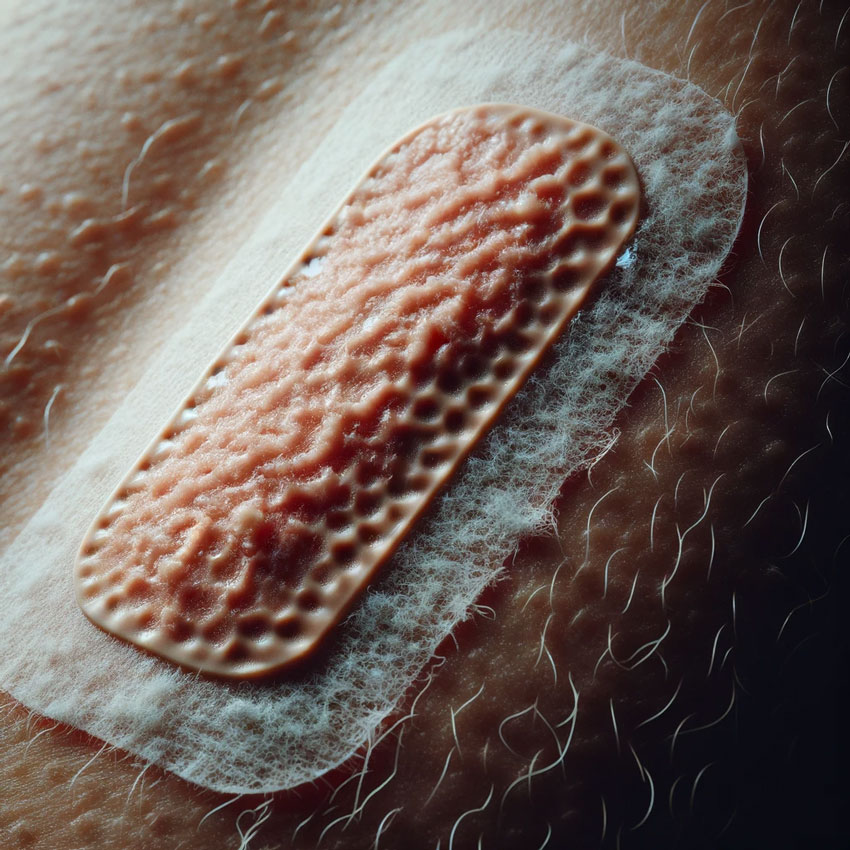Manuka honey is a type of honey that is native to New Zealand and has been used for centuries for its medicinal properties. It is known for its antibacterial and anti-inflammatory properties, which make it an effective treatment for wounds. In this article, we will discuss how to apply manuka honey on wounds and the steps you can take to ensure that you get the most benefit from this natural remedy.
Understanding Manuka Honey
Manuka honey is a type of honey that is produced by bees that pollinate the Manuka bush, which is native to New Zealand. This honey is known for its antibacterial, anti-inflammatory, and antioxidant properties, which make it an excellent natural remedy for treating various health conditions, including wounds.
Manuka honey contains a unique compound called methylglyoxal (MGO), which is responsible for its antibacterial properties. The higher the MGO content in the honey, the more potent its antibacterial properties are. Manuka honey is graded based on its MGO content, with higher grades indicating higher MGO levels.
Manuka honey is also known for its ability to stimulate the production of cytokines, which are proteins that help regulate the immune response. This property makes it an effective natural remedy for treating wounds, as it helps to speed up the healing process.
When using Manuka honey to treat wounds, it is important to choose a high-quality, medical-grade honey with a high MGO content. The honey should be applied directly to the wound and covered with a sterile dressing to prevent it from sticking to the wound and to keep it in place.
In addition to its antibacterial and immune-boosting properties, Manuka honey also has anti-inflammatory and antioxidant properties, which help to reduce inflammation and promote healing. This makes it an excellent natural remedy for treating a wide range of health conditions, including wounds.
Preparation Before Application
Before applying Manuka honey to a wound, there are a few things to consider to ensure proper healing and prevent infection. This section will provide guidelines on how to prepare for the application of Manuka honey.
Choosing the Right Manuka Honey
Not all Manuka honey is the same, and it’s essential to choose the right type to ensure maximum healing benefits. When selecting Manuka honey, look for the Unique Manuka Factor (UMF) rating, which indicates the potency and purity of the honey. A UMF rating of 15 or higher is recommended for wound healing.
Cleaning the Wound
Before applying Manuka honey, it’s crucial to clean the wound thoroughly to prevent infection. Begin by washing your hands with soap and water, then gently clean the wound with saline solution or clean water. Avoid using alcohol or hydrogen peroxide, as they can damage the skin and delay healing.
After cleaning the wound, pat it dry with a clean towel or gauze. Avoid rubbing the wound, as this can cause further damage and delay healing. Once the wound is dry, apply the Manuka honey to the wound bed, ensuring that it covers the entire wound. Cover the wound with a sterile dressing to keep the honey in place and protect it from further damage.
Application Process
Applying the Honey
When it comes to applying manuka honey on wounds, it is important to first clean the wound thoroughly with water and a mild soap. Once the wound is clean, gently dry it with a clean towel or gauze.
Next, take a small amount of manuka honey and apply it directly to the wound. You can use a clean finger or a sterile cotton swab to apply the honey. Make sure to cover the entire wound with a thin layer of honey.
Dressing the Wound
After applying the honey, it is important to dress the wound properly. Cut at least three square layers of gauze and place it over the wound to dress it and keep it safe from the dirty particles in the air. If gauze is not available, you may use a wet cloth. Band-aid may also be used if the wound is small.
Make sure the dressing is secure but not too tight. It should be snug enough to stay in place, but loose enough to allow for proper air circulation. The dressing must be changed regularly, at least once a day, to ensure that the wound stays clean and free from infection.
Post-Application Care
Monitoring the Wound
After applying manuka honey to a wound, it is important to monitor the wound for any signs of infection or other complications. This can be done by checking the wound regularly for any changes in color, size, or shape. If the wound becomes red, swollen, or painful, or if there is any discharge or foul odor coming from the wound, it may be a sign of infection and medical attention should be sought immediately.
When to Reapply
Manuka honey should be reapplied to the wound regularly, usually every 24-48 hours. However, the frequency of application may vary depending on the severity of the wound and the amount of exudate produced. If the wound is producing a lot of exudate, the honey may need to be reapplied more frequently to prevent it from becoming diluted.
It is important to note that manuka honey should not be used as a sole treatment for wounds that require medical attention. It is always best to consult with a healthcare professional for proper wound care management.



